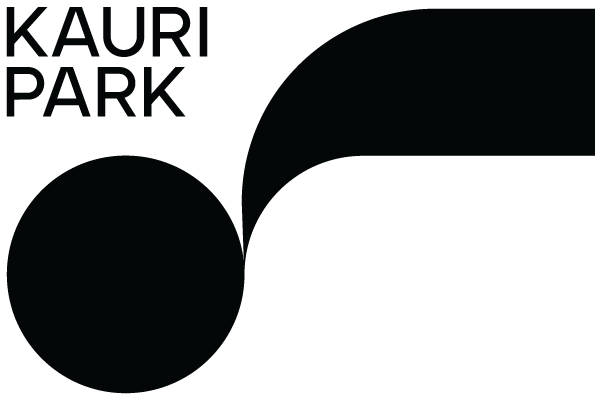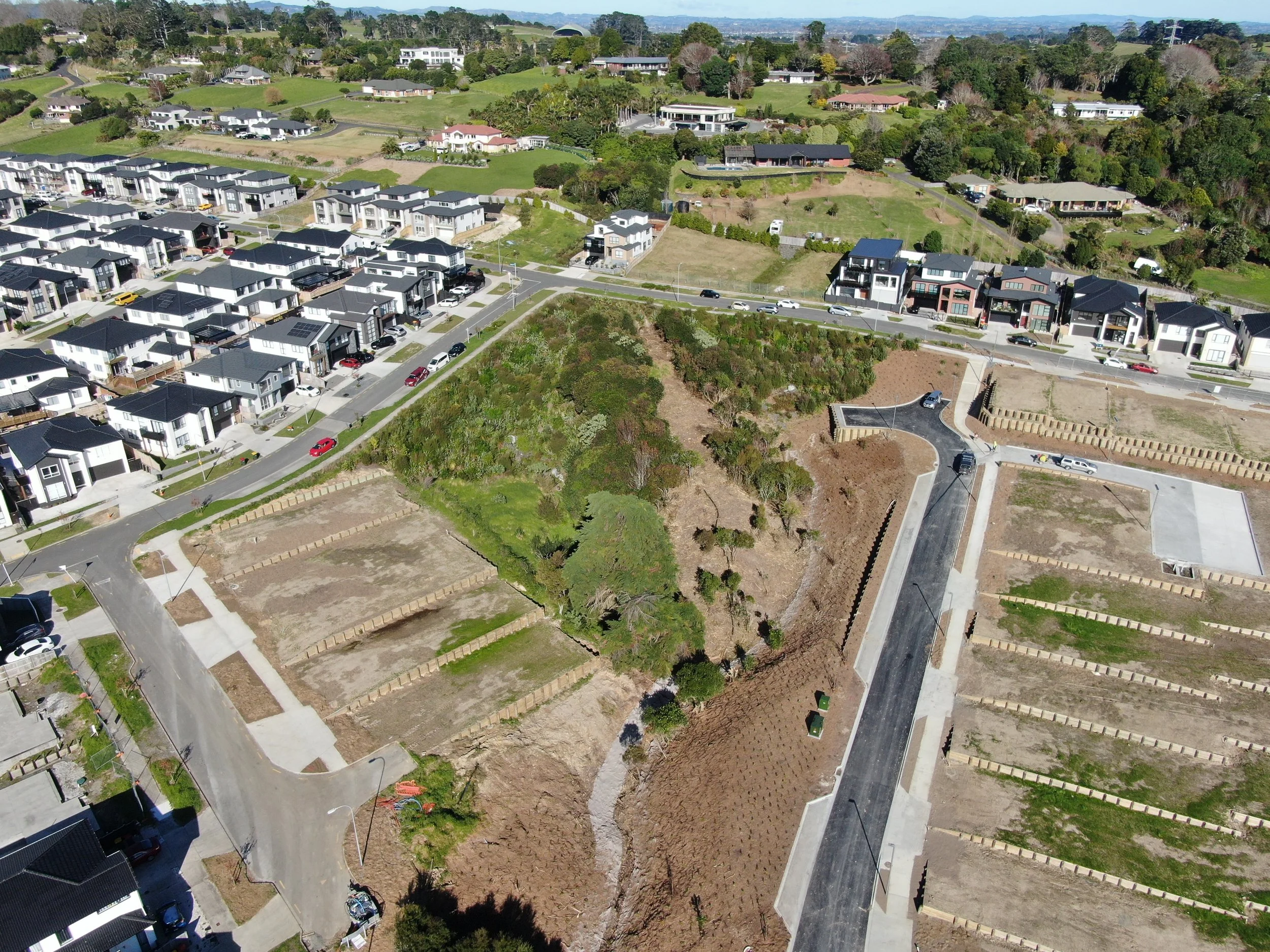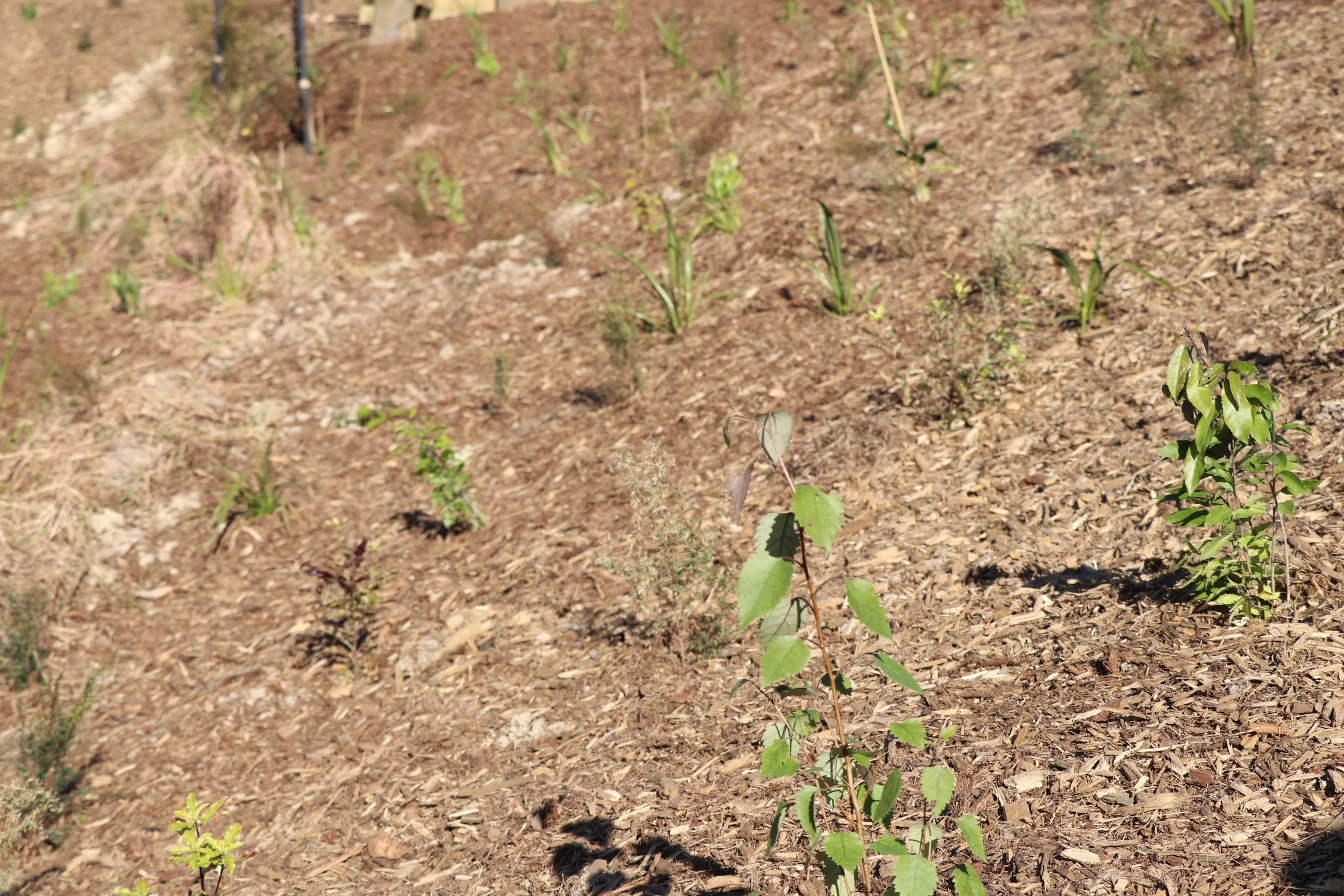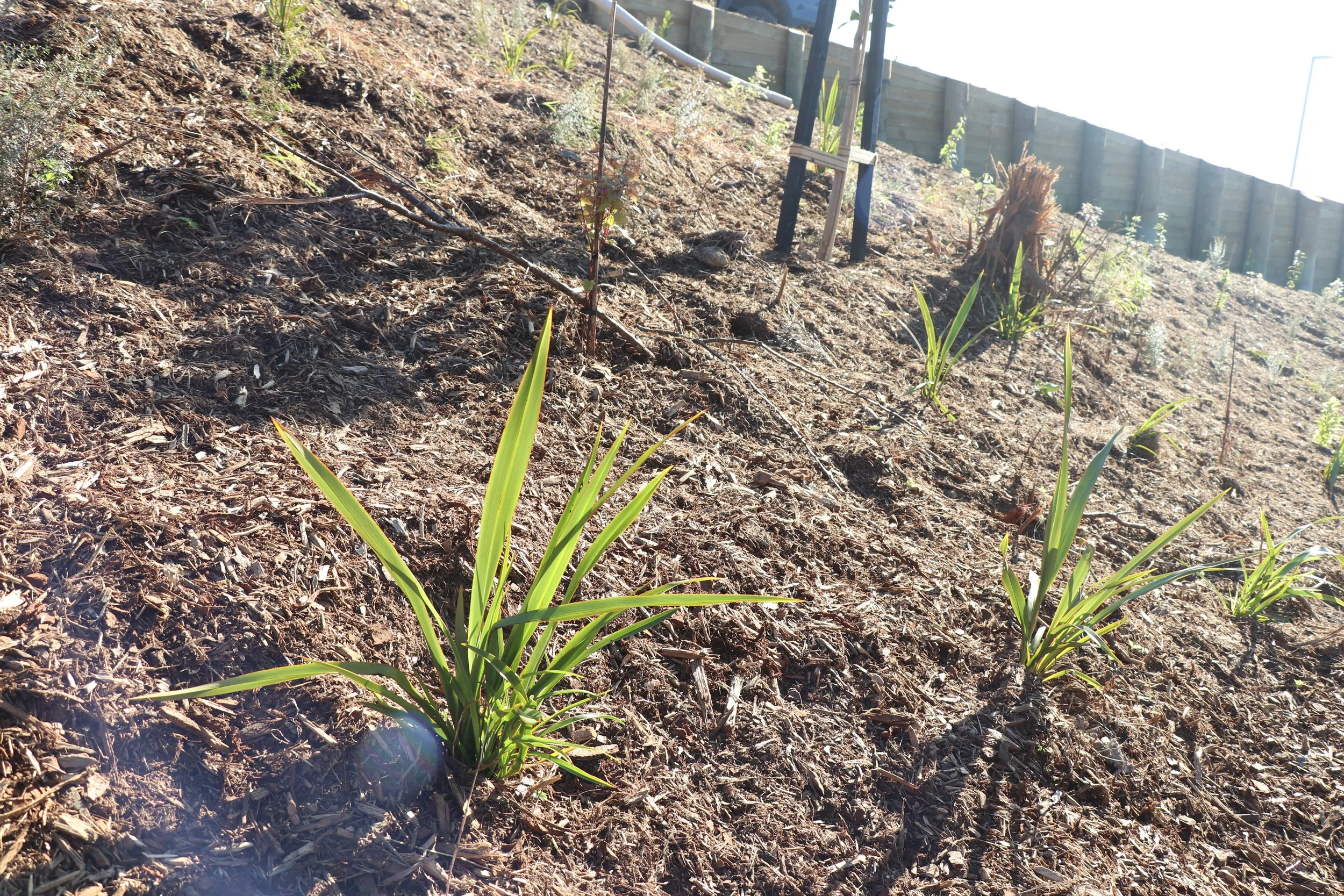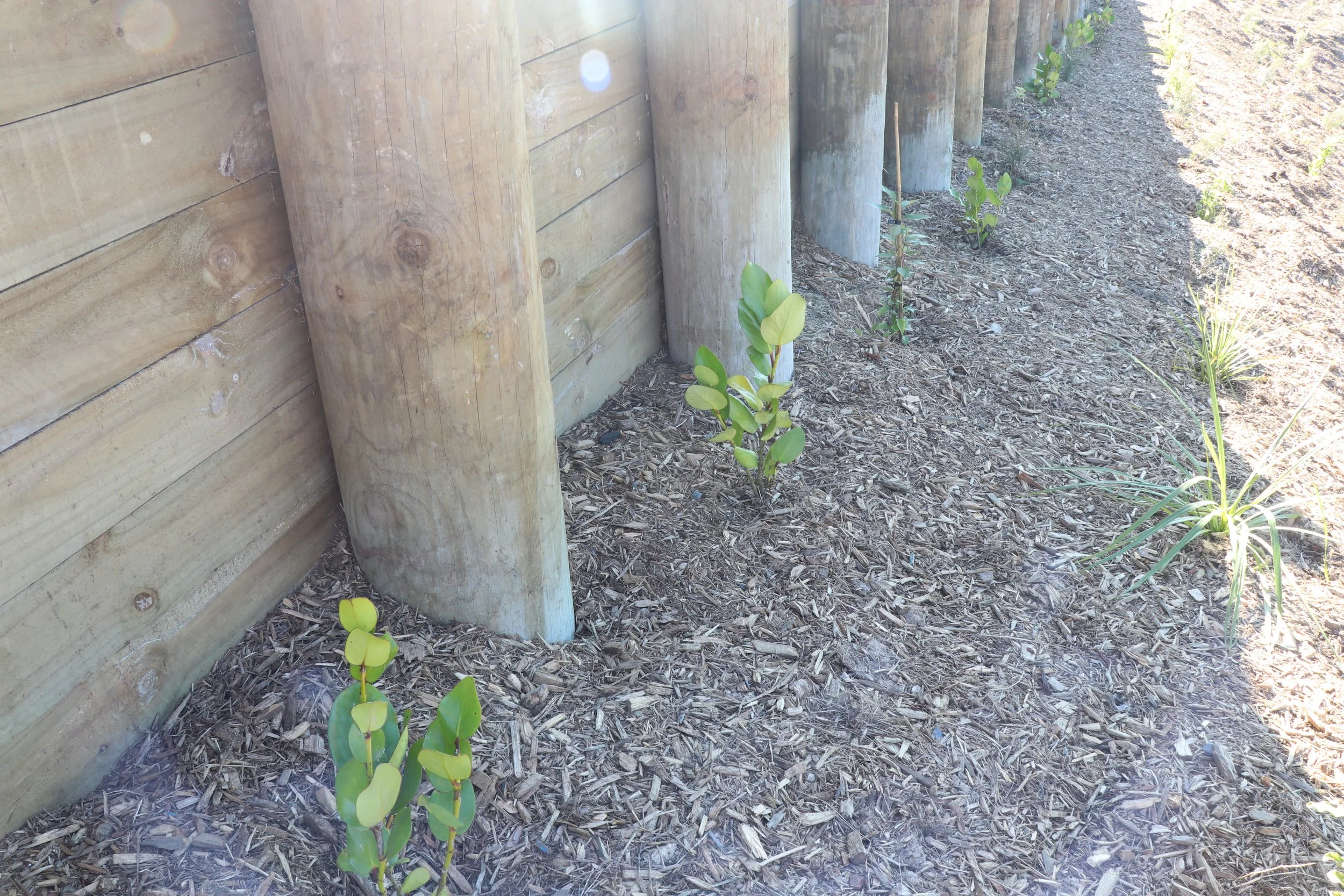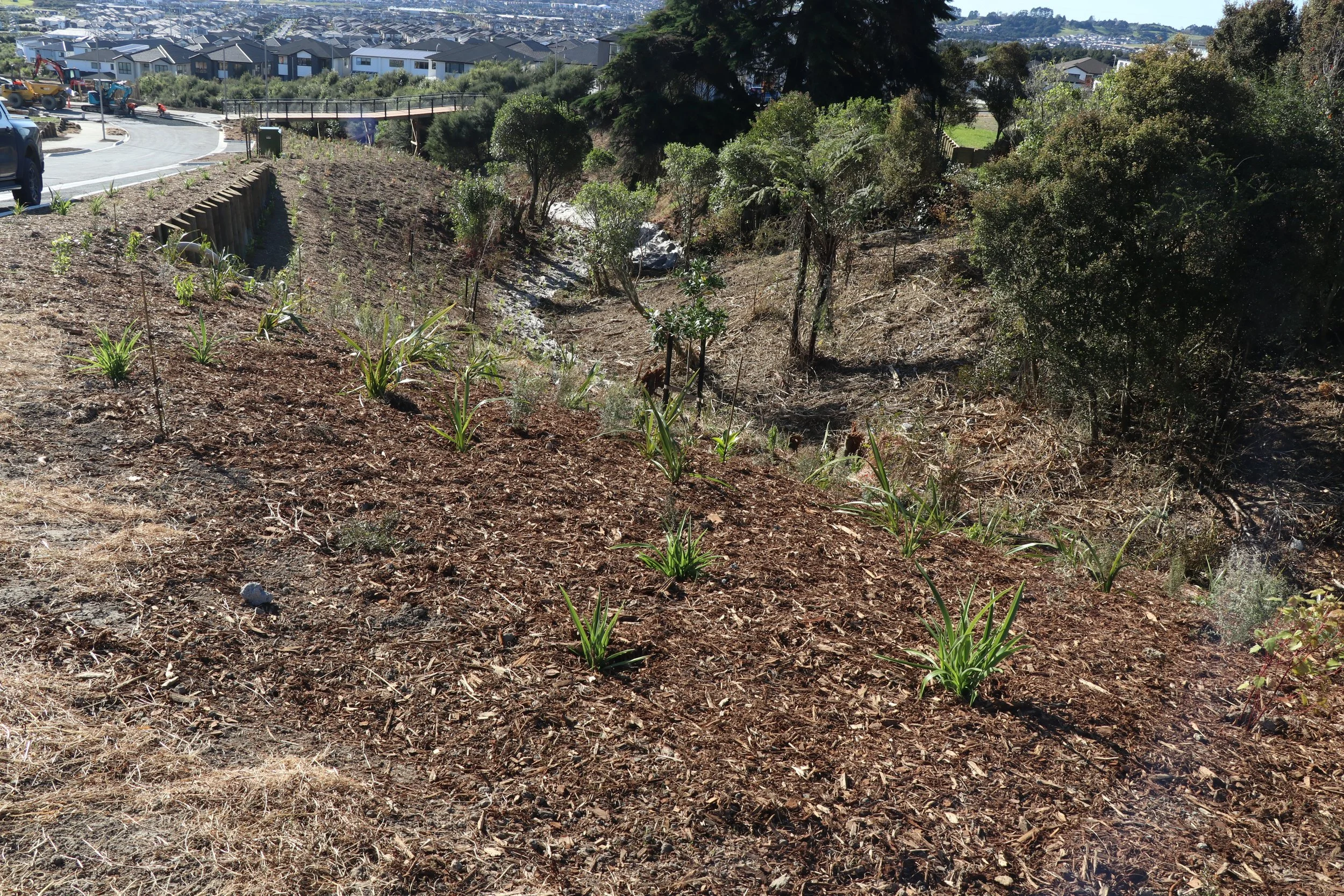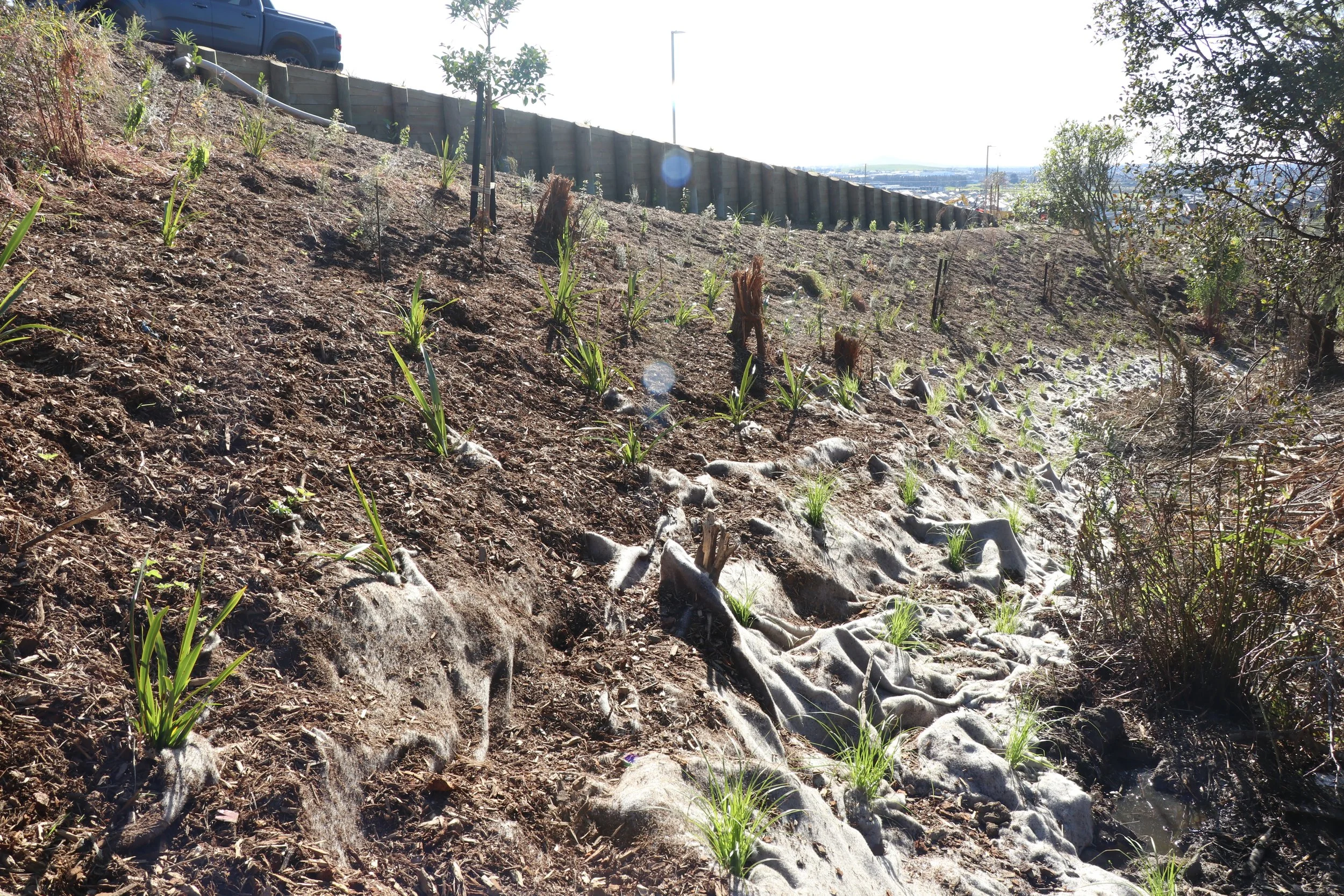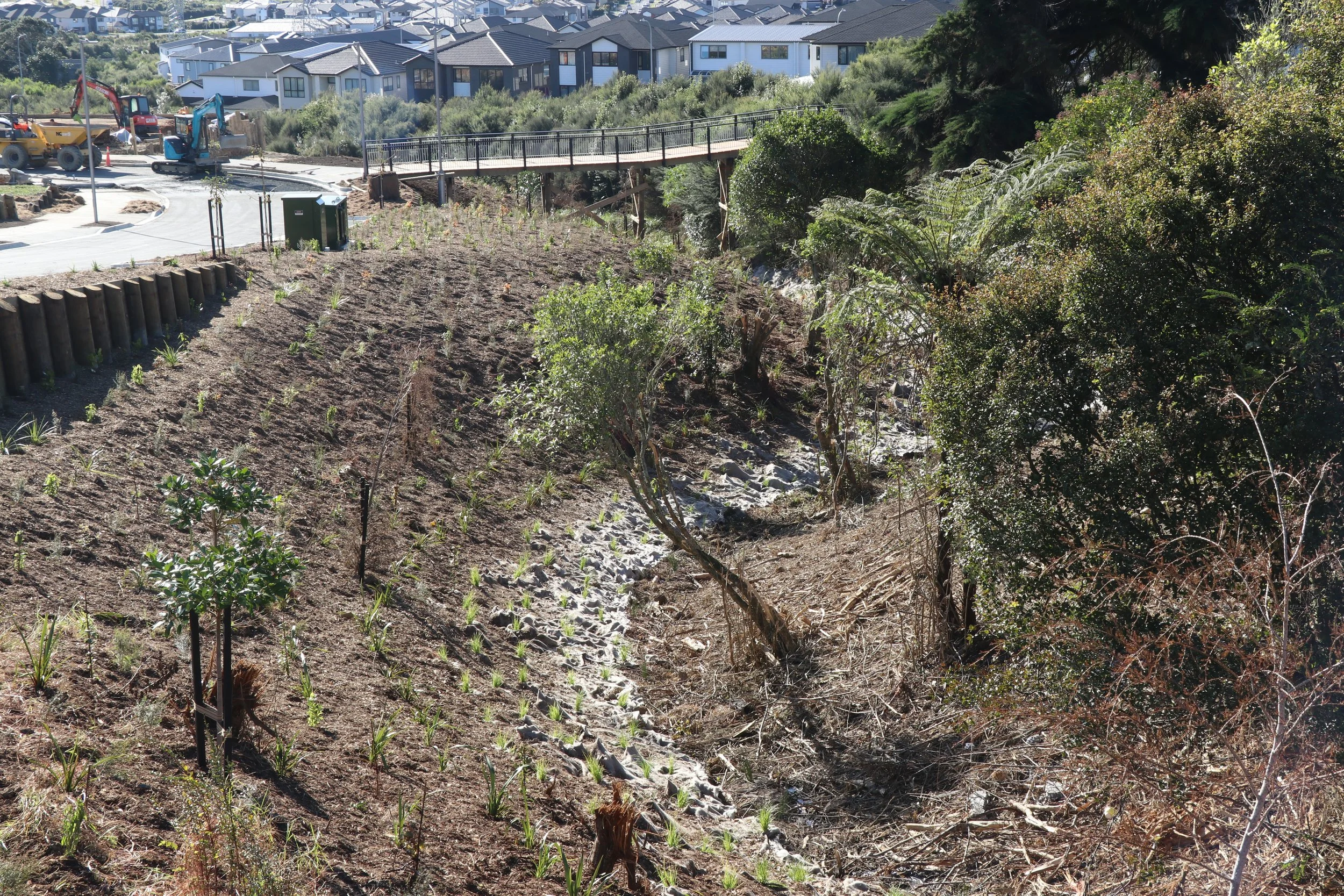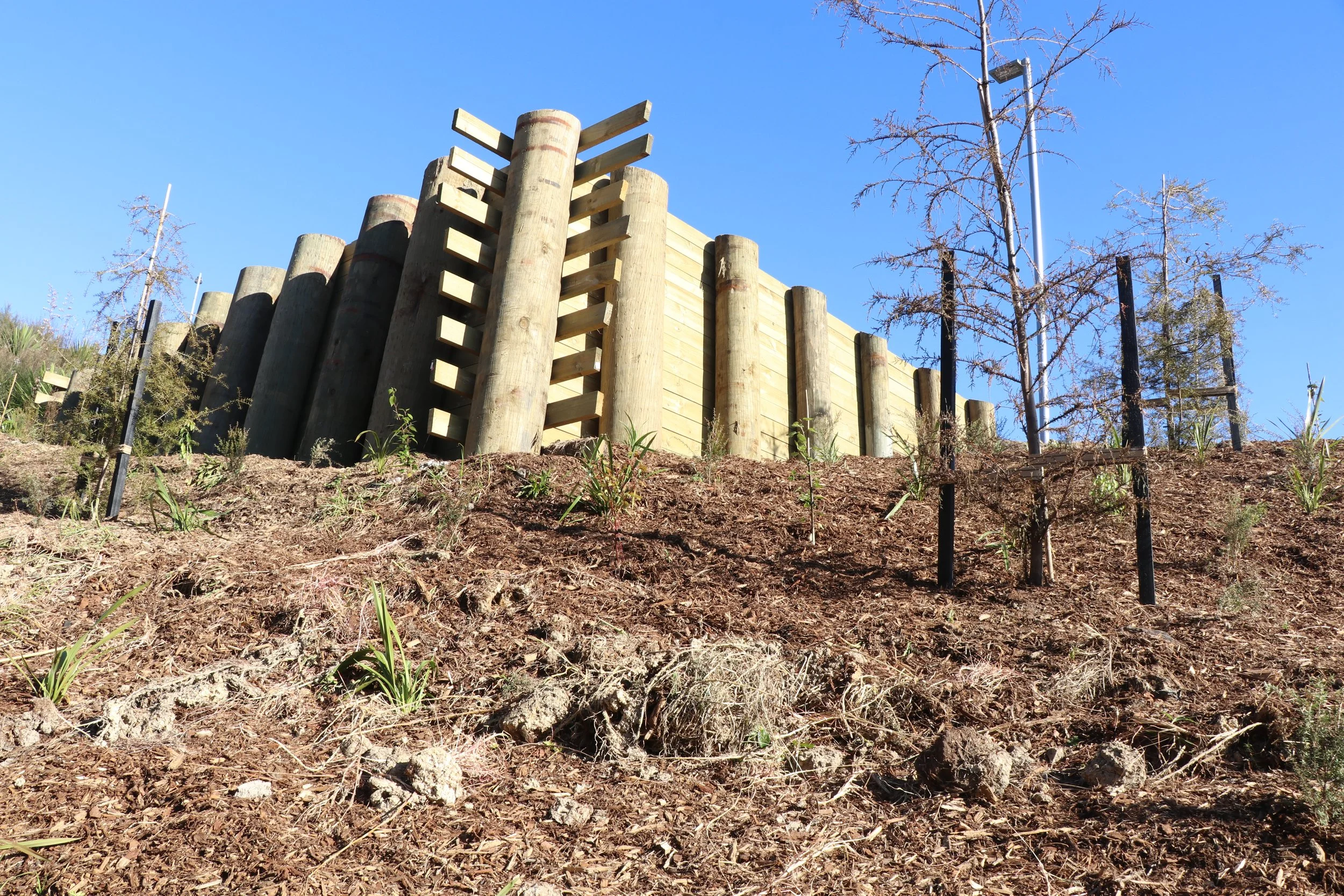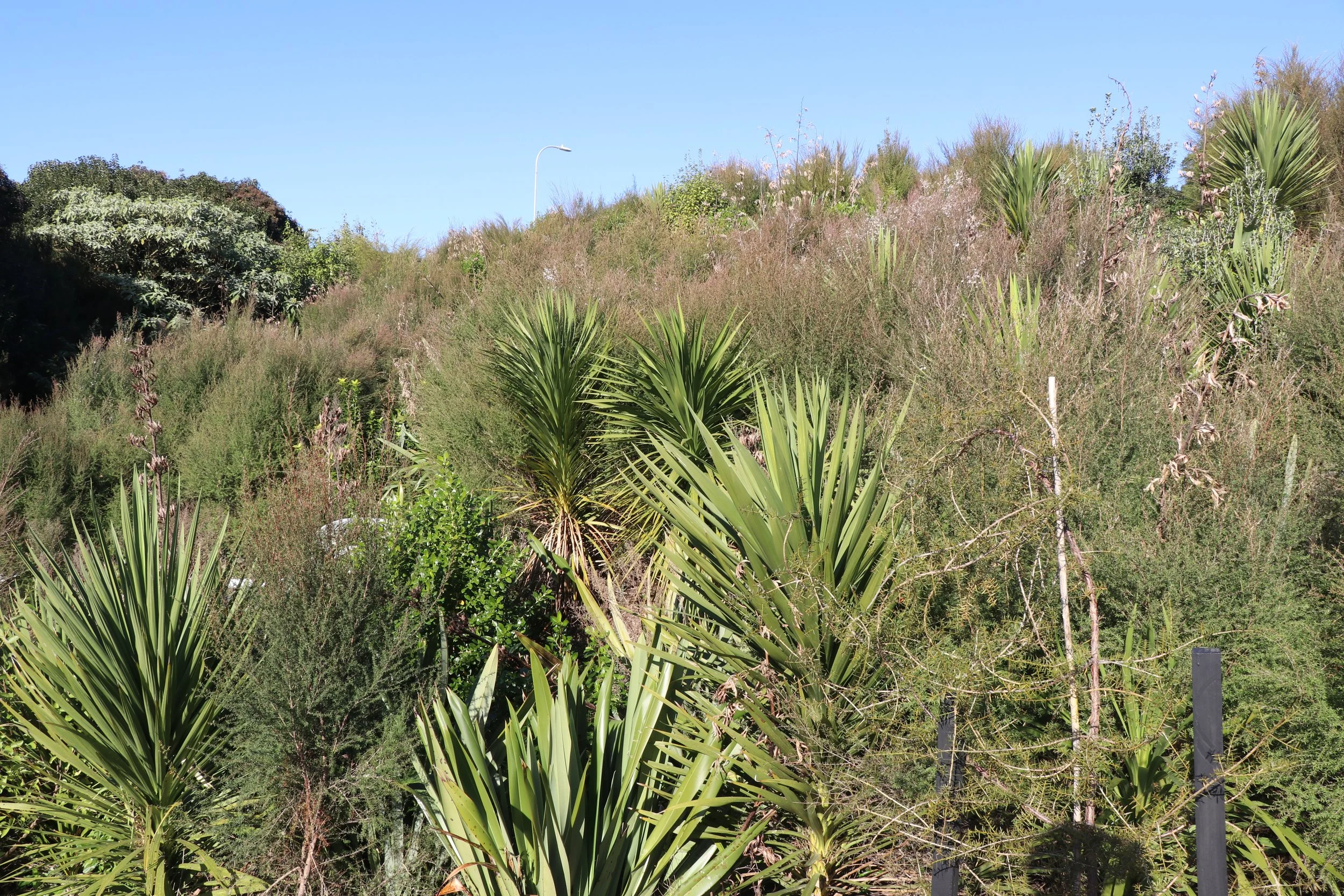Thomas Road – An Urban Forest.
Balancing urbanisation with urban ecosystems.
The loss of urban forest to housing and other community needs is generally irreversible as the resulting increase in impervious surfaces is not compatible with the retention of trees and other vegetation.
At Kauri Park, we understand the need for urban development, but our vision to see every piece of marginal land in the country planted so that native flora and fauna can survive and thrive, means we strive to lessen the impact of urbanisation on the environment.
Ecosystem – enhancing Auckland’s urban landscape.
The preservation of Auckland’s urban forest is vital to protect biodiversity and ecosystem services, mitigate climate change, and enhance human well-being. This project to create a 2.3km green urban corridor linking Flat Bush to Barry Curtis Park, demonstrates perfectly how this can be achieved.
Water remains at the heart of every ecosystem, and this project within a Stormwater Management Reserve focussed on improving stormwater detention, the introduction of ‘rain gardens’ and riparian planting. A mix of specimen trees and appropriate native vegetation was planted, ensuring that a vibrant ecosystem was allowed to flourish while vital improvements to stormwater management were introduced.
Ecovitalism – people and process working in harmony.
At Kauri Park we abide by the rules set by Mother Nature, but sometimes we need a little help along the way. Studies show that tree and vegetation protection rules set by local councils are effective at minimising the removal of urban forests - evidenced by retention in areas of high protection and substantial rates of removal where rules were permissive or non-existent.
We worked closely with Auckland Council to ensure that regulatory provisions were met, and all planting was finished to the highest of standards at each stage of the project. The wellbeing benefits this urban forest corridor will provide to the local community is something we’re very proud to have contributed to.
